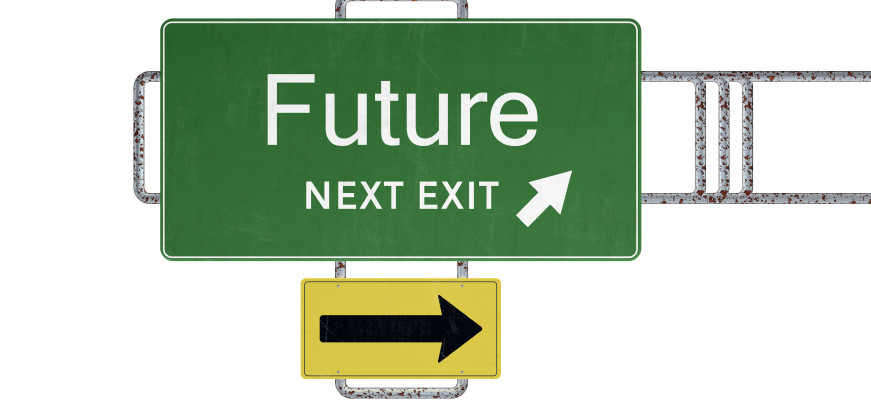As children, when asked about our future plans, most of us had an immediate answer. Oblivious to the obstacles and challenges that we may have to face, we often said that we plan to be astronauts, world explorers, presidents, inventors, or rock stars. This type of response was based on the abstract perception of the world that we had. Most of us had never met a real astronaut or a world-explorer, and the information that we drew upon mostly came from books, films, and television. We liked the way these possible futures look in theory, but in practice had no idea what they truly entail.
For this reason, as soon as we grew up, these plans immediately became meaningless for many of us. Instead of thinking of our future in the abstract, we started asking more specific questions: What does it mean to be an astronaut? How long does it take to train? Does NASA offer dental coverage…? We discovered that real life is different from the movies we watched and the books we read. In real life no scenes were edited out. James Bond spends most of his time doing paperwork. Authors spend their time battling writers’ block, and astronauts study piles of boring equipment manuals. Faced with adulthood, it was time to formalize new plans and dreams that match our newer perception of the world. But many of us simply did not know how.
 Research in clinical psychology (and more recently positive psychology), offers different strategies to create and refine one’s personal future vision. For example, many practitioners use some version of the “miracle question” [1], a strategy where one imagines that all obstacles, problems, and constraints are gone, and then thinks of what they would choose to do in that new and ideal state. Others strategies like “best possible self” cultivate realistic optimism using the process of describing the optimal possible outcomes of ones endeavors in life. These strategies are effective, but often still lack the specificity that characterizes real life. Filling the blank on “I will be ______” is still an abstract task. A more concrete approach is to avoid thinking about the future in general, and to “zoom in” on a single day in your ideal future. Then, vividly spell-out what happens.
Research in clinical psychology (and more recently positive psychology), offers different strategies to create and refine one’s personal future vision. For example, many practitioners use some version of the “miracle question” [1], a strategy where one imagines that all obstacles, problems, and constraints are gone, and then thinks of what they would choose to do in that new and ideal state. Others strategies like “best possible self” cultivate realistic optimism using the process of describing the optimal possible outcomes of ones endeavors in life. These strategies are effective, but often still lack the specificity that characterizes real life. Filling the blank on “I will be ______” is still an abstract task. A more concrete approach is to avoid thinking about the future in general, and to “zoom in” on a single day in your ideal future. Then, vividly spell-out what happens.
Meet your ideal future self.
A few years have gone by. All your hopes and dreams have come true, and all problems are gone. Everything you plan to achieve has become a reality. You are on top of the world, and going on the ride of your life.
It is now Wednesday morning, and you just woke up. Answer the following questions:
- Where do you wake up?
- What time is it?
- A house? An apartment? In what town? What country?
- Who is with you in bed?
- What is the first thing you see?
- Who else is there in the other rooms?
- What is the first thing you do?
- What do you do next?
- Who are the people that you meet during the day?
- What do you do at night?
- Where do you go to sleep? When?
When you answer these questions, you may come to realize how unique your personal aspirations are. Chances are that what you wish for yourself is very different than what others dream about. You may also find that your ideal future self is well within reach. There may be many characteristics of your current life that you choose to maintain unchanged – the things you appreciate and are grateful for, and other things that are easily attainable.
Now that you’re more familiar with your ideal future self – what is she/he like? What happens on that future Wednesday morning?
Do you care to share?


